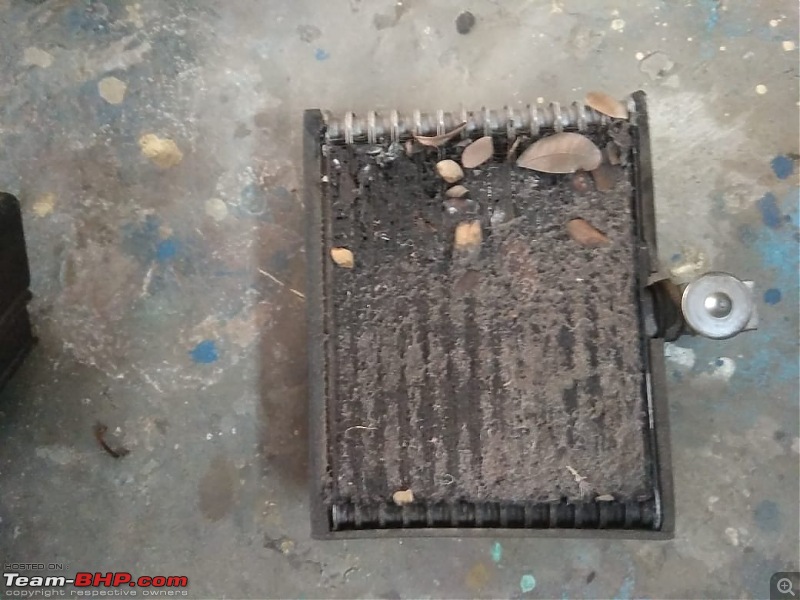| | #1 |
| Distinguished - BHPian  Join Date: Feb 2006 Location: NSEW
Posts: 4,006
Thanked: 29,863 Times
| |
| |  (27)
Thanks (27)
Thanks
|
| |
| | #2 |
| Distinguished - BHPian  Join Date: Feb 2006 Location: NSEW
Posts: 4,006
Thanked: 29,863 Times
| |
| |  (18)
Thanks (18)
Thanks
|
| | #3 |
| Distinguished - BHPian  Join Date: Feb 2006 Location: NSEW
Posts: 4,006
Thanked: 29,863 Times
| |
| |  (12)
Thanks (12)
Thanks
|
| | #4 |
| Distinguished - BHPian  Join Date: Feb 2006 Location: NSEW
Posts: 4,006
Thanked: 29,863 Times
| |
| |  (15)
Thanks (15)
Thanks
|
| | #5 |
| Distinguished - BHPian  Join Date: Feb 2006 Location: NSEW
Posts: 4,006
Thanked: 29,863 Times
| |
| |  (12)
Thanks (12)
Thanks
|
| | #6 |
| Distinguished - BHPian  Join Date: Feb 2006 Location: NSEW
Posts: 4,006
Thanked: 29,863 Times
| |
| |  (28)
Thanks (28)
Thanks
|
| | #7 |
| Team-BHP Support  | |
| |  (3)
Thanks (3)
Thanks
|
| | #8 |
| BHPian | |
| |  (3)
Thanks (3)
Thanks
|
| | #9 |
| BHPian Join Date: Oct 2019 Location: MH01/OD02
Posts: 244
Thanked: 1,249 Times
| |
| |  (3)
Thanks (3)
Thanks
|
| | #10 |
| BHPian | |
| |  (4)
Thanks (4)
Thanks
|
| | #11 |
| BHPian Join Date: Jan 2010 Location: Hyderabad
Posts: 42
Thanked: 17 Times
| |
| |  (1)
Thanks (1)
Thanks
|
| |
| | #12 |
| BHPian | |
| |  (4)
Thanks (4)
Thanks
|
| | #13 |
| BHPian Join Date: Jun 2011 Location: Delhi
Posts: 118
Thanked: 242 Times
| |
| |  (3)
Thanks (3)
Thanks
|
| | #14 |
| Distinguished - BHPian  Join Date: Feb 2006 Location: NSEW
Posts: 4,006
Thanked: 29,863 Times
| |
| |  (3)
Thanks (3)
Thanks
|
| | #15 |
| Newbie Join Date: Jan 2021 Location: Canada/Gurgaon
Posts: 15
Thanked: 7 Times
| |
| |
 |
Most Viewed



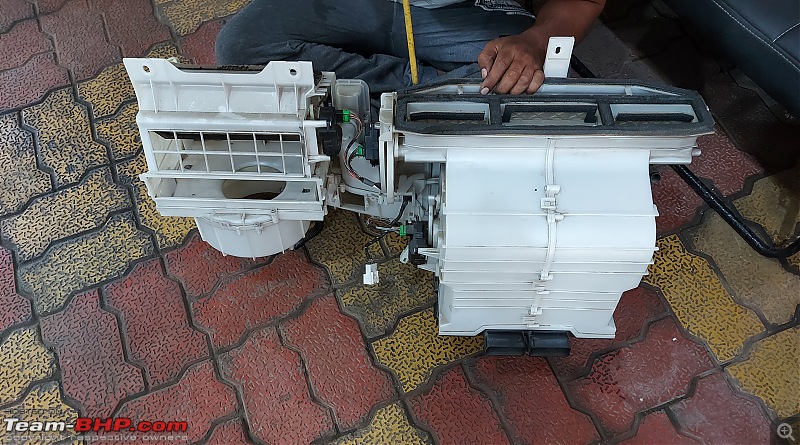



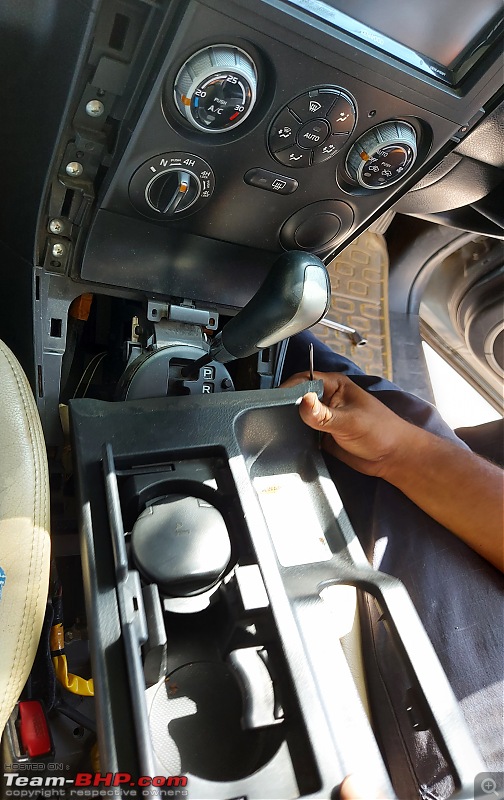




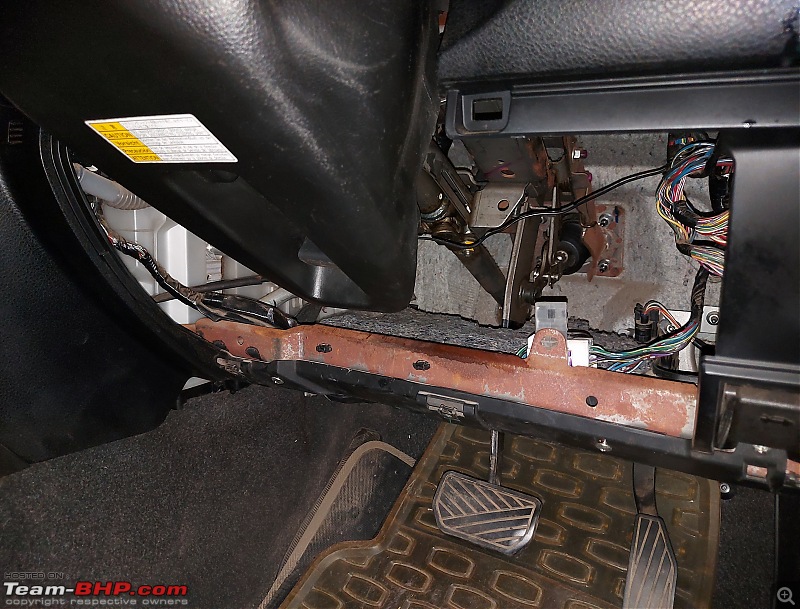

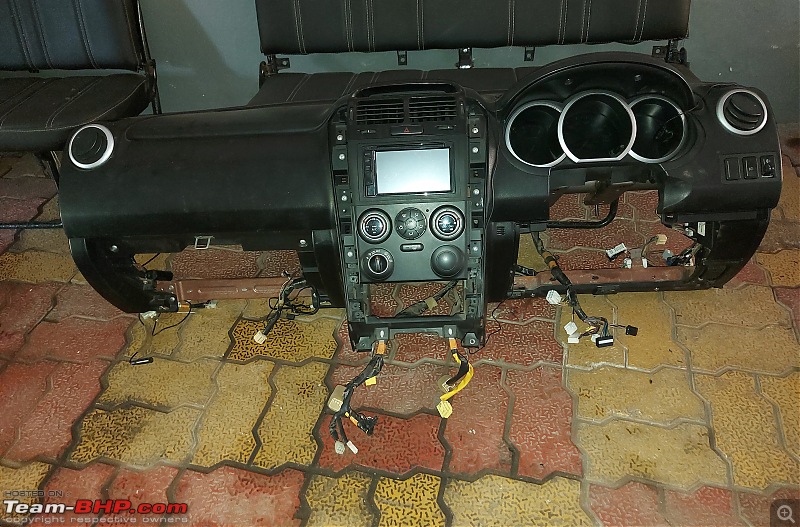


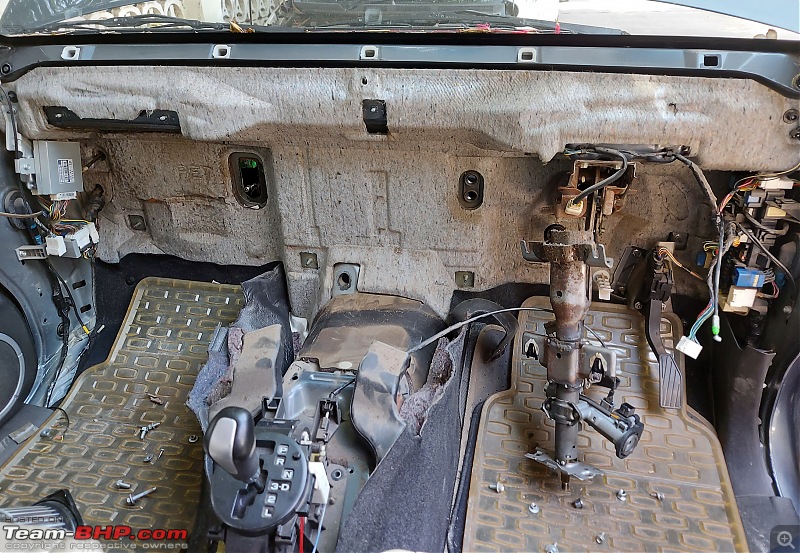

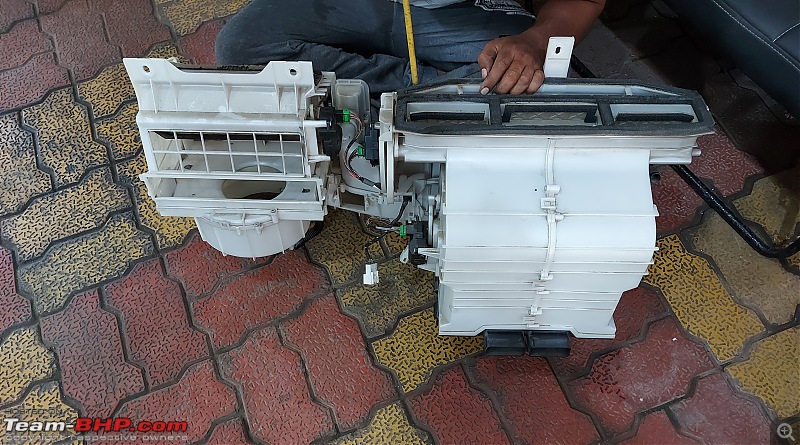

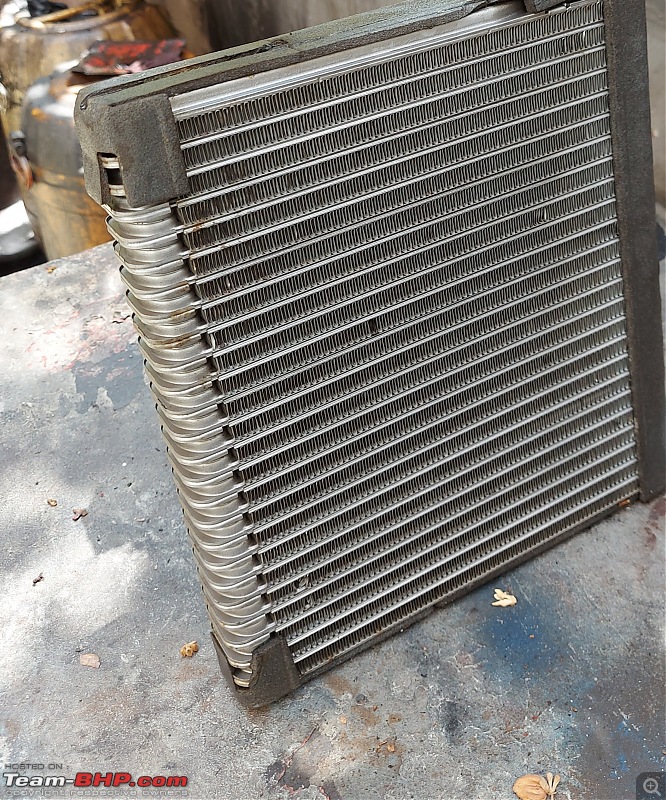









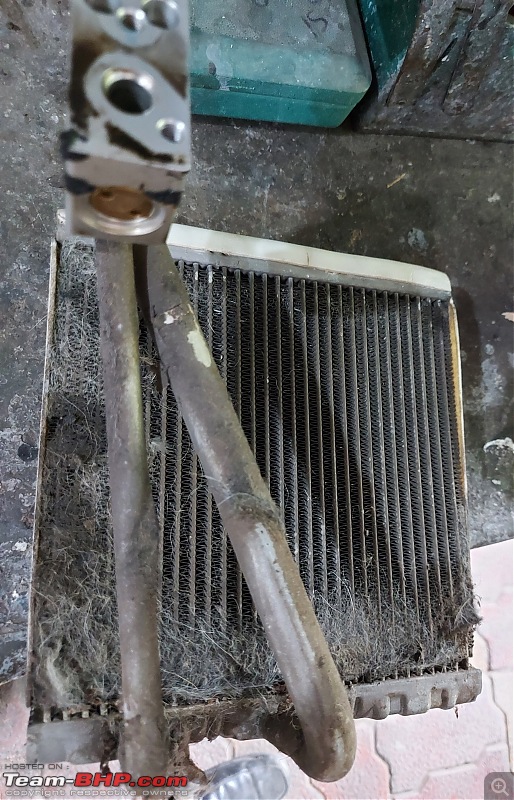

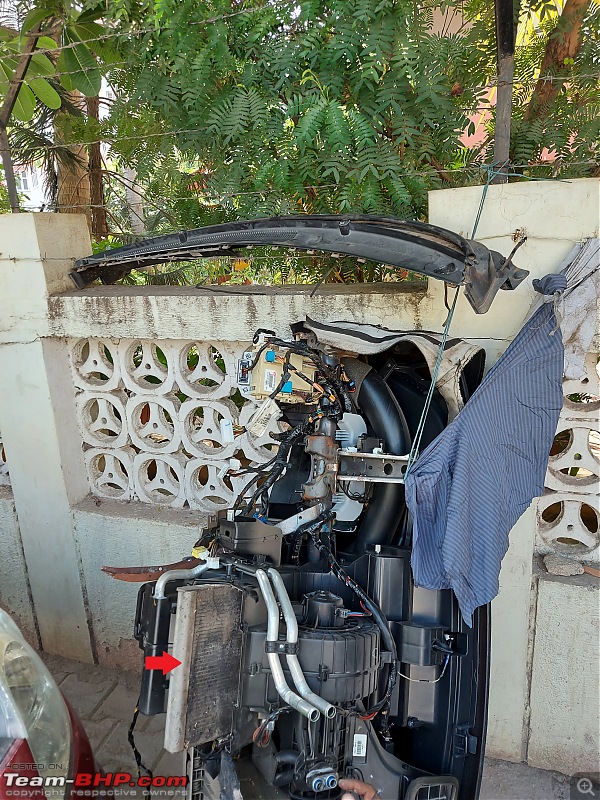
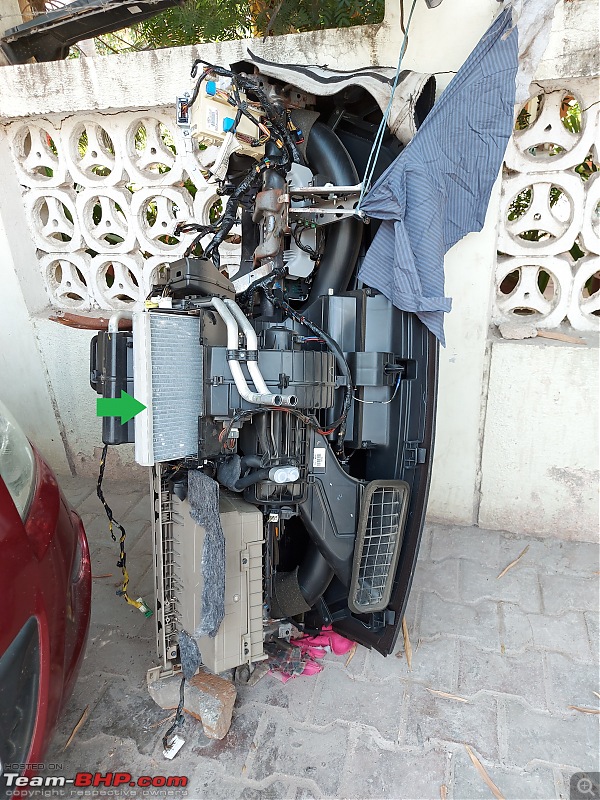

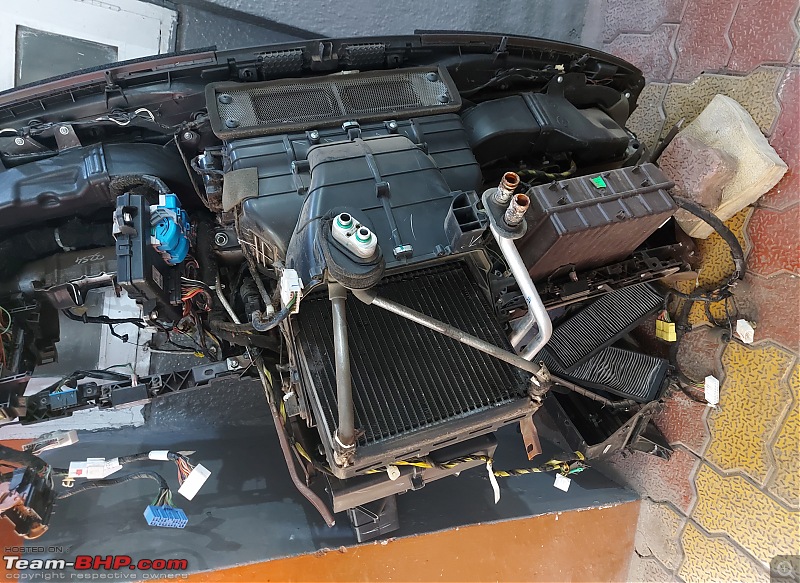


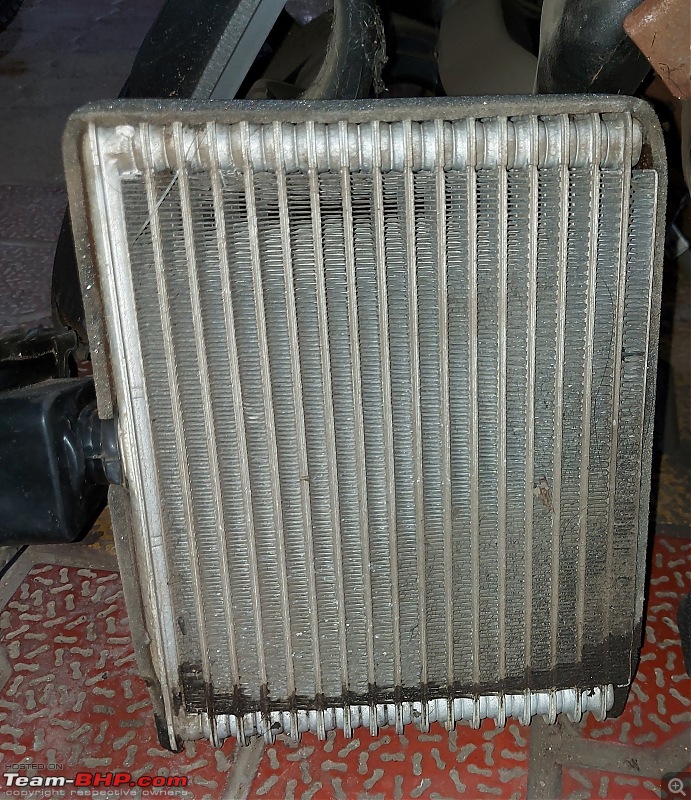

 ) almost looks the same as the new from the 2012 i20. This speaks a lot about the quality of the Japanese imports that many swear by. 2 failures in 8 years for the Mahindra is shocking, but then again, you had definitely warned me the same sometime back. The built-to-last cars from the 2000s have certainly become built-to-cost these days, sadly.
) almost looks the same as the new from the 2012 i20. This speaks a lot about the quality of the Japanese imports that many swear by. 2 failures in 8 years for the Mahindra is shocking, but then again, you had definitely warned me the same sometime back. The built-to-last cars from the 2000s have certainly become built-to-cost these days, sadly.